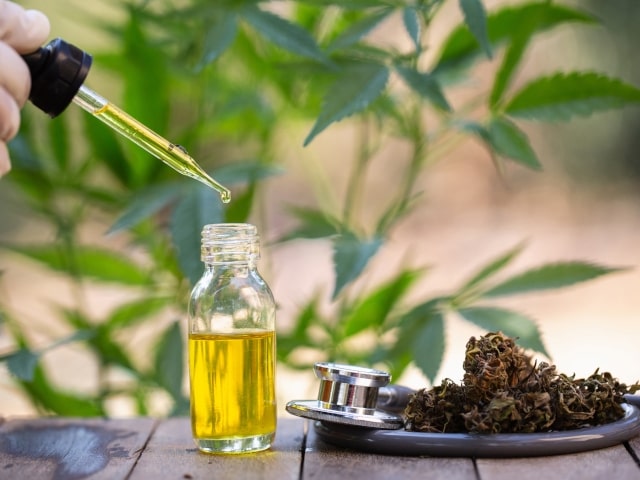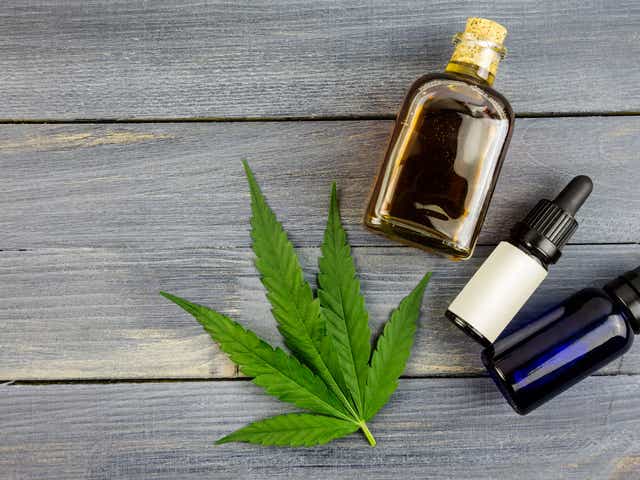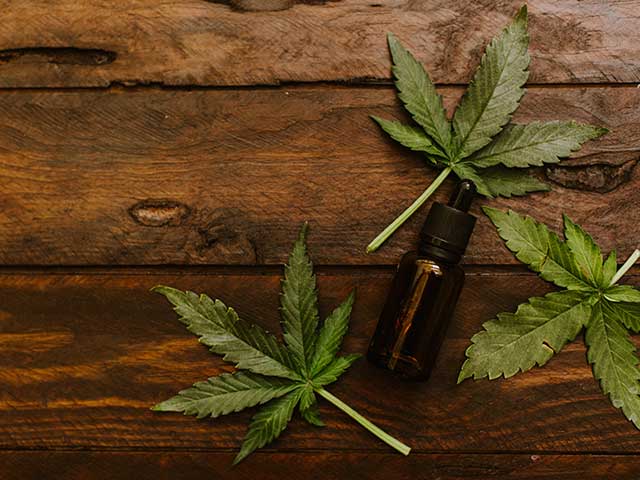CBD (cannabidiol) belongs to a family of compounds called cannabinoids. They are unique because they exist outside the human body. After consumption, they affect an extensive network of receptors.
What is CBD?
Cannabidiol (abbreviated to CBD) is one of more than a hundred organic compounds from hemp plants. We call this extended family cannabinoids. They work together with smaller molecules to help plants produce enzymes and ward off pests.
But when people consume CBD and other cannabinoids, something really special happens.
Cannabinoids interact with an extensive network of receptors. We all possess this network. Research into the extent of this interaction is ongoing. Possibly it affects sleep, appetite, mood and much more.
CBD interacts with our bodies in a variety of ways. In addition, it is well tolerated and non-toxic. Because of this favorable combination, interest has naturally increased dramatically.
Where Does CBD Come From?
CBD can be found in virtually all CBD sativa species. Yet hemp contains the highest concentrations.
Hemp is a variety of CBD sativa that was domesticated over 6,000 years ago in ancient China. Since then, these plants have been selectively cultivated for their commercial properties. They are naturally rich in CBD.
As mentioned, CBD is not the only cannabinoid. Most of these compounds are non-psychoactive (including CBD). Still, every family has an outlier. In this case, it is THC. This is the controversial compound present in CBD strains.

What is the Difference Between CBD and THC?
You probably heard about THC before CBD. THC stands for tetrahydrocannabinol. It is the main reason that CBD (a subspecies of CBD sativa) is illegal in many places. This is because it induces psychotropic side effects (a high).
Fortunately, not all cannabinoids are created equal. The differences in chemical structure are sometimes small. Yet this is enough to dramatically alter the effects.
Thanks to the differences in the chemical structure of CBD, its physical effects differ from those of THC. Thus, CBD is non-toxic and does not induce a high. According to the World Health Organization, there is no risk of abuse. Learn more info on cbd reviews uk by clicking here.
How Does CBD Work?
Knowing where CBD comes from is one thing. But what about that important interaction we’re talking about?
The influence that CBD exerts requires a point of contact. This is the endocannabinoid system. The name may sound complicated, but the role is pretty straightforward.
The endocannabinoid system, or ECS, is present in all mammals, including dogs, cats. Some non-mammals, such as goldfish, also possess an ECS.
In humans, the role of the ECS is a relatively recent discovery (early 1990s). Therefore, research is still ongoing. Nevertheless, one should not underestimate the importance of such a system.
We now know the following: the ECS functions as a regulatory system. It plays a role in the vital organs, brain, nervous system and immune system.
The job of the ECS is to observe all these systems. It ensures correct functioning and provides resources when needed. When these systems are not functioning correctly, the ECS tries to support them. It then tries to help the body release biological compounds and enzymes.
CBD acts as the general manager of your endocannabinoid system.
It is not directly involved in its daily functioning. It ensures that your body’s enzymes and chemical compounds get to the places where they are needed most. However, CBD can take the lead and occasionally act on receptors connected to the ECS.
How does CBD Act on the Endocannabinoid System (ECS)?
In order to act, the ECS must be activated by cannabinoids, such as CBD.
It does this through two types of receptors: CB1 and CB2. Both function as entry points into the ECS, a portal between the human body and cannabinoids.




